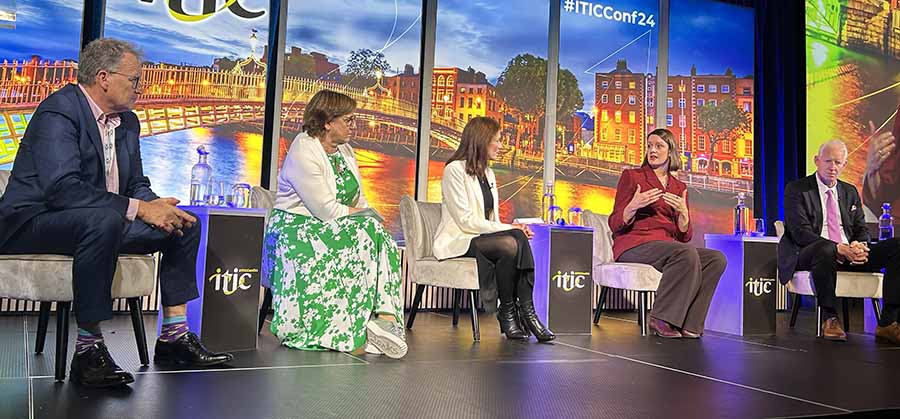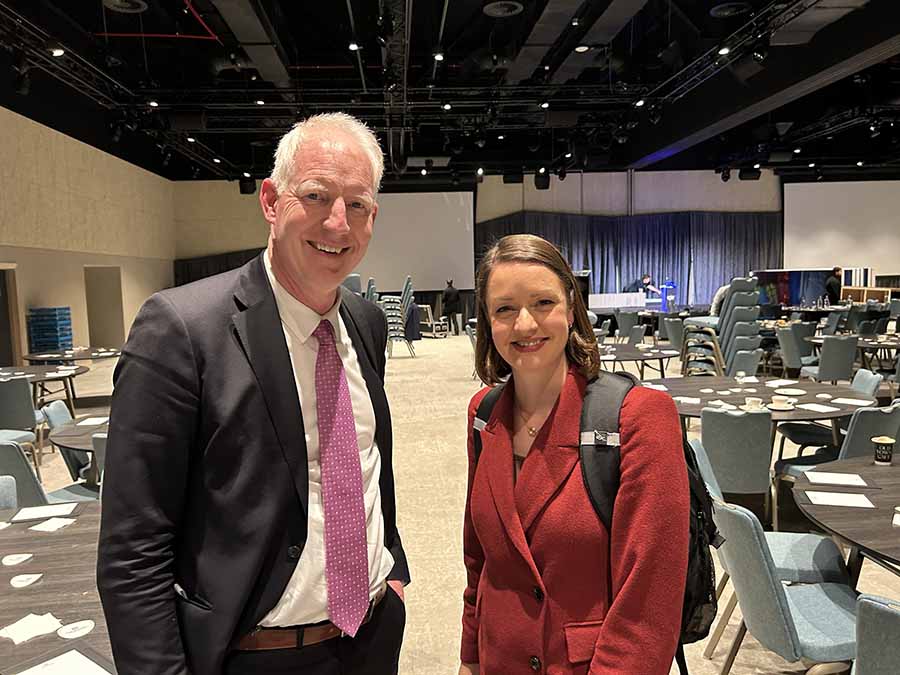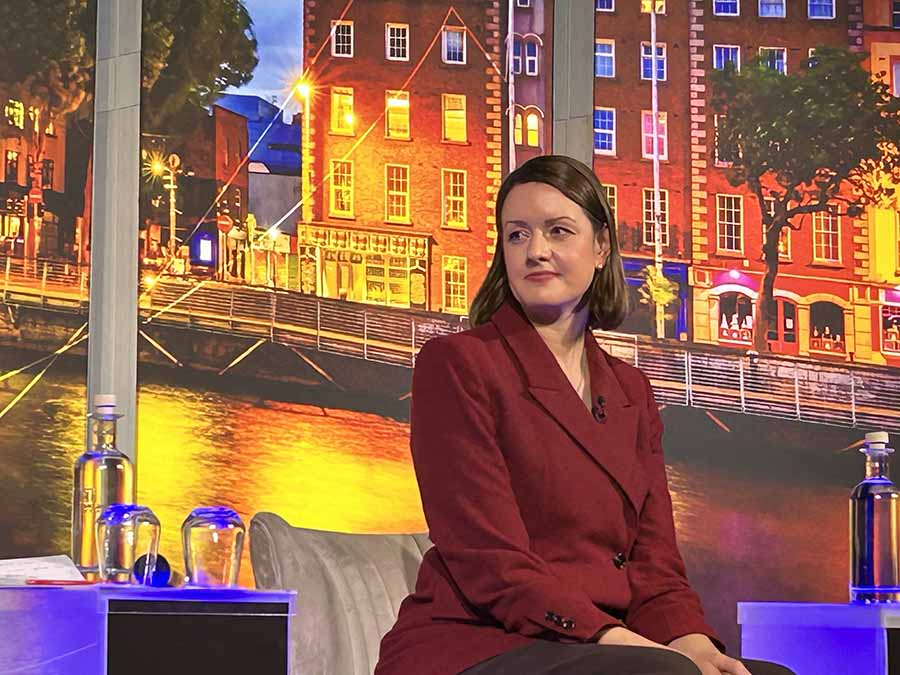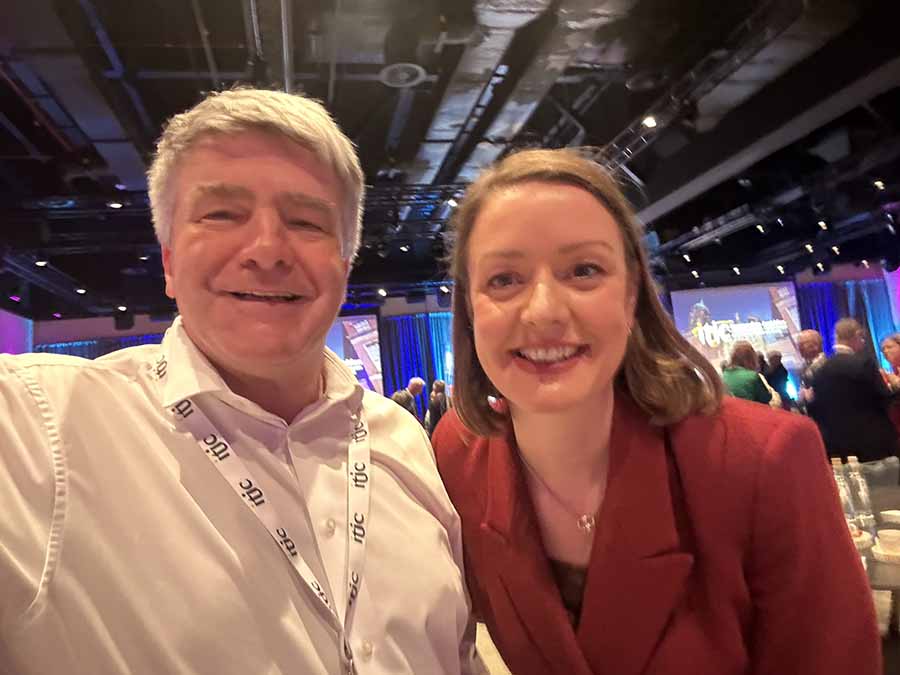
Visitors to Ireland are spending one day less on average than in 2023, dropping from eight to seven days, Tourism Ireland CEO Alica Mansergh told the Irish Travel Industry Confederation conference in Dublin.
Although the number of visitors has increased, their spending per trip is slightly lower, resulting in flat overnight stays and bed nights compared to last year.
Factors contributing to this trend include rising business costs, which impact profitability, and an increase in accommodation availability, with 5pc more hotel beds in Dublin and 2-3pc elsewhere in the country.
Tourism Ireland aims to enhance overseas marketing efforts to drive demand that matches the increased supply of accommodations, supporting the local industry in attracting and benefiting from visitors.
Paul Kelly, CEO of Fáilte Ireland said domestic tourism has faced challenges this year due to adverse weather and late booking patterns.
An increase in air capacity has led to more outbound flights, with domestic visitors traveling abroad more frequently than pre-COVID levels, which has impacted local tourism.
The Irish Travel Industry Confederation conference in Dublin attracted 300 leading tourism professionals to the Dublin Royal convention centre to hear the major issues of concern to the industry being discussed.
Ms Mansergh said: looking at both the overall tourism data and then some of the lived experiences on the ground that we hear about from industry. On the one hand, you’ve got visitor spend per trip and revenue year-over-year from overseas, but if you look underneath the surface, it’s a more complex picture than that. Because even though you’ve got more visitors coming in, they’re spending a little bit less, along with us. For example, instead of spending eight days on average last year, they’re spending seven days on average this year.
When you balance out more visitors but spending slightly less, long actually, overnight stays or bed nights are flat this year. And then that spend that we talked about—with the increased revenue—well, it feels quite thinly spread this year for a couple of reasons. One, it’s that topic of costs going up, the cost of doing business going up, and hence that eats into profitability and sometimes even viability. The other point is that we’ve got a little bit more accommodation stock this year than we did last year, which is really positive news in the long term: maybe 5pc more hotel beds in Dublin and 2-3pc around the rest of the country. But again, it means the visitors and the revenue are a little bit more thinly spread this year than they were last year, which feeds into industry players not always seeing all the benefits.
And all of it goes to strengthen our resolve in Tourism Ireland to do a great job telling the story overseas, drumming up demand to meet the supply that we now have, and helping everybody here in the industry by bringing the visitors in.
Paul Kelly CEO of Fáilte Ireland added: We don’t have the data yet from the CSO, but all of the anecdotal evidence suggests domestic tourism has been significantly challenged this year. The weather, obviously, along with the late booking patterns of domestic tourism, was a bit of a downer across the summer.
A lot of the increased air capacity we’re seeing has resulted in a higher percentage of air seats being outbound, with domestic visitors going outbound more than they were pre-COVID. So, in terms of that, it has certainly challenged us and the sector across this year as well.
I suppose, in terms of our tourism barometer that we published recently, it clearly showed that a lot of businesses are not seeing significant revenue increases. The vast majority of businesses are seeing profit margins significantly squeezed because of the impacts of all the various cost pressures that Jim highlighted.
So, you know, it certainly is challenging, but I think it’s important, as an industry, that we don’t talk ourselves down too much. We need to have confidence in the industry, and we need to portray that confidence to the wider economy as well. I know there are a lot of challenges out there, but it’s important that we don’t overrate them.
I know we’re in pre-budget time and all of that sort of stuff, and there are sectors, particularly the food sector, that are significantly challenged. But in terms of balance, it’s important to keep that in mind as well.






